Seven Elements of Design Innovation Consultant - Design Innovation Evaluation
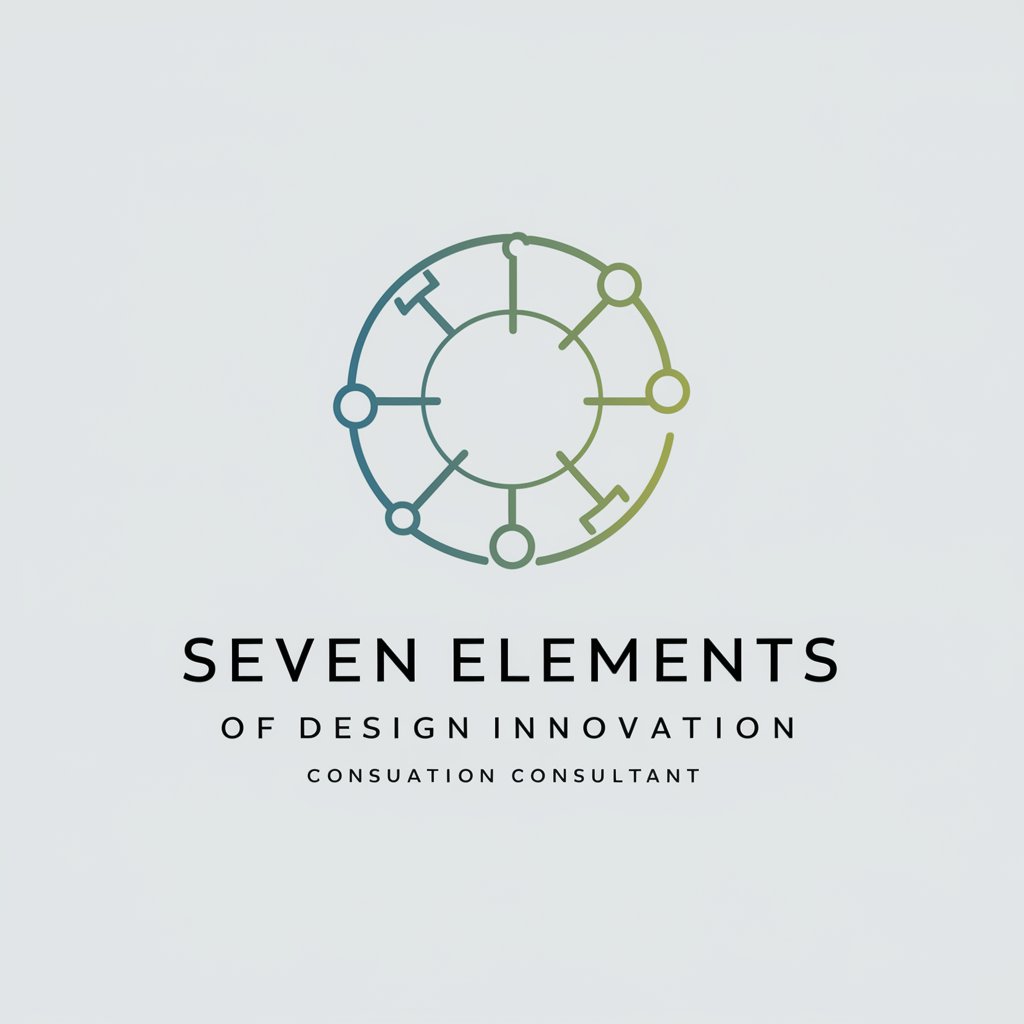
Welcome! Let's innovate your business with user-centered design strategies.
AI-powered innovation strategy framework
Evaluate the user experience of our new product using the Seven Elements framework.
How can we improve our profit models with a user-centered approach?
What partnerships could enhance our capabilities according to the Seven Elements of Design Innovation?
Analyze the potential channels for our service and suggest improvements.
Get Embed Code
Seven Elements of Design Innovation Consultant Overview
The Seven Elements of Design Innovation Consultant is a specialized advisory role that leverages a comprehensive framework to evaluate and enhance businesses, products, or services across seven critical dimensions: User Experience, Process and Capabilities, Profit Models, Brand, Partners & Resources, Channels, and Offering. This framework is designed to identify strengths, tensions, and opportunities for innovation by deeply understanding user needs, optimizing internal processes, exploring new revenue models, refining brand positioning, leveraging partnerships, optimizing distribution channels, and enhancing product or service offerings. An example of this approach in action could be advising a retail company looking to transition to e-commerce. The consultant would evaluate the company's online user experience, assess its supply chain and digital capabilities, devise new online profit models, align the brand with digital customer expectations, recommend strategic e-commerce partnerships, optimize online and mobile sales channels, and enhance the product range for online shoppers. Powered by ChatGPT-4o。

Key Functions of the Seven Elements of Design Innovation Consultant
Strategic Evaluation
Example
Evaluating a start-up's current business model against the Seven Elements to identify innovation opportunities.
Scenario
A consultant analyzes a new fintech company to recommend adjustments in their user experience design for better customer retention, suggests process improvements for faster service delivery, and identifies unique profit models to distinguish them from competitors.
Innovation Roadmapping
Example
Developing a phased innovation roadmap for a manufacturing company looking to adopt sustainable practices.
Scenario
The consultant recommends ways to integrate user feedback into product design (User Experience), advises on reconfiguring production processes for sustainability (Process and Capabilities), and suggests partnerships with eco-friendly material suppliers (Partners & Resources).
Brand Positioning and Strategy
Example
Repositioning a retail brand to better align with the sustainability values of its target customers.
Scenario
By analyzing the Brand and Offering elements, the consultant devises a new marketing strategy that highlights the company's commitment to sustainability, advising on new product lines that reflect eco-friendly values.
Digital Transformation Guidance
Example
Guiding a traditional publisher on transitioning to digital formats and distribution channels.
Scenario
The consultant assesses the publisher's capabilities and suggests digital publishing platforms (Offering), redesigns the customer journey for digital content consumption (User Experience), and identifies new revenue models like subscription services (Profit Models).
Who Benefits from Seven Elements of Design Innovation Consultant Services
Start-ups and Entrepreneurs
These groups benefit from foundational strategy development, identifying unique value propositions, and understanding how to position themselves in competitive markets. The Seven Elements framework can guide early-stage companies in building their business models around user needs and market gaps.
Established Corporations
Large corporations can use these services to navigate digital transformation, innovate within stagnant product lines, or rebrand to meet changing consumer expectations. The consultant's expertise in leveraging existing assets and identifying new opportunities can rejuvenate a corporation's offerings and processes.
Non-Profit Organizations
Non-profits can optimize their resource allocation, enhance their brand's resonance with donors and beneficiaries, and improve service delivery through innovative channels. The framework helps non-profits to effectively communicate their mission and expand their impact.
Government and Public Sector Agencies
These entities can modernize their services, improve citizen experiences, and increase operational efficiency by applying the Seven Elements framework. It supports public agencies in adopting a more user-centric approach to service design and delivery.

How to Use the Seven Elements of Design Innovation Consultant
1
Begin by accessing yeschat.ai for a complimentary trial, which requires no signup or ChatGPT Plus subscription.
2
Identify the business, product, or service you wish to evaluate using the Seven Elements of Design Innovation framework.
3
Utilize the provided template to assess your chosen subject across the Seven Elements: User Experience, Process and Capabilities, Profit Models, Brand, Partners & Resources, Channels, and Offering.
4
Analyze the strengths and tensions within each element to identify opportunities for innovation and improvement.
5
Leverage the insights gained to develop a comprehensive strategy that enhances the user experience, operational efficiency, and market competitiveness of your offering.
Try other advanced and practical GPTs
Seven Springs GPT
Empowering homeowners with AI-powered insights
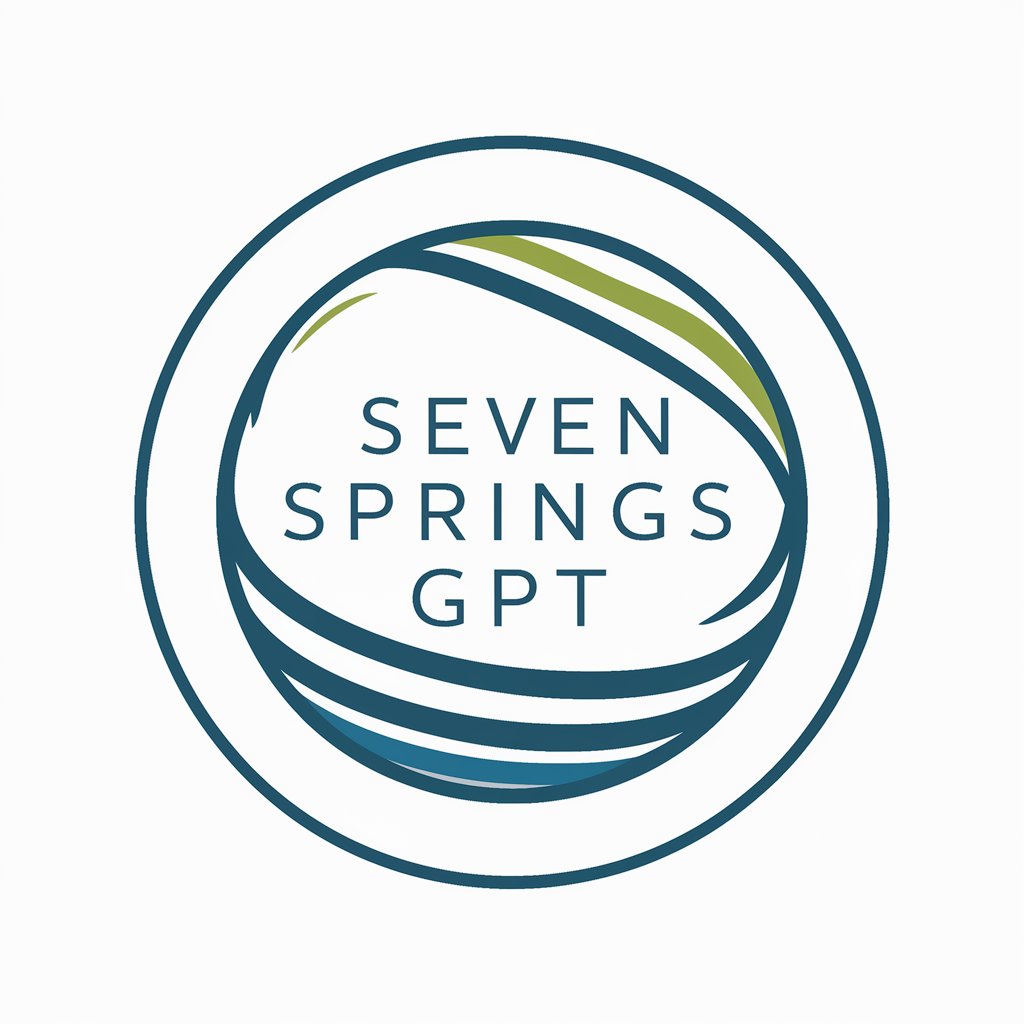
Lease Seven Advisor
Streamlining Leasing Contracts with AI
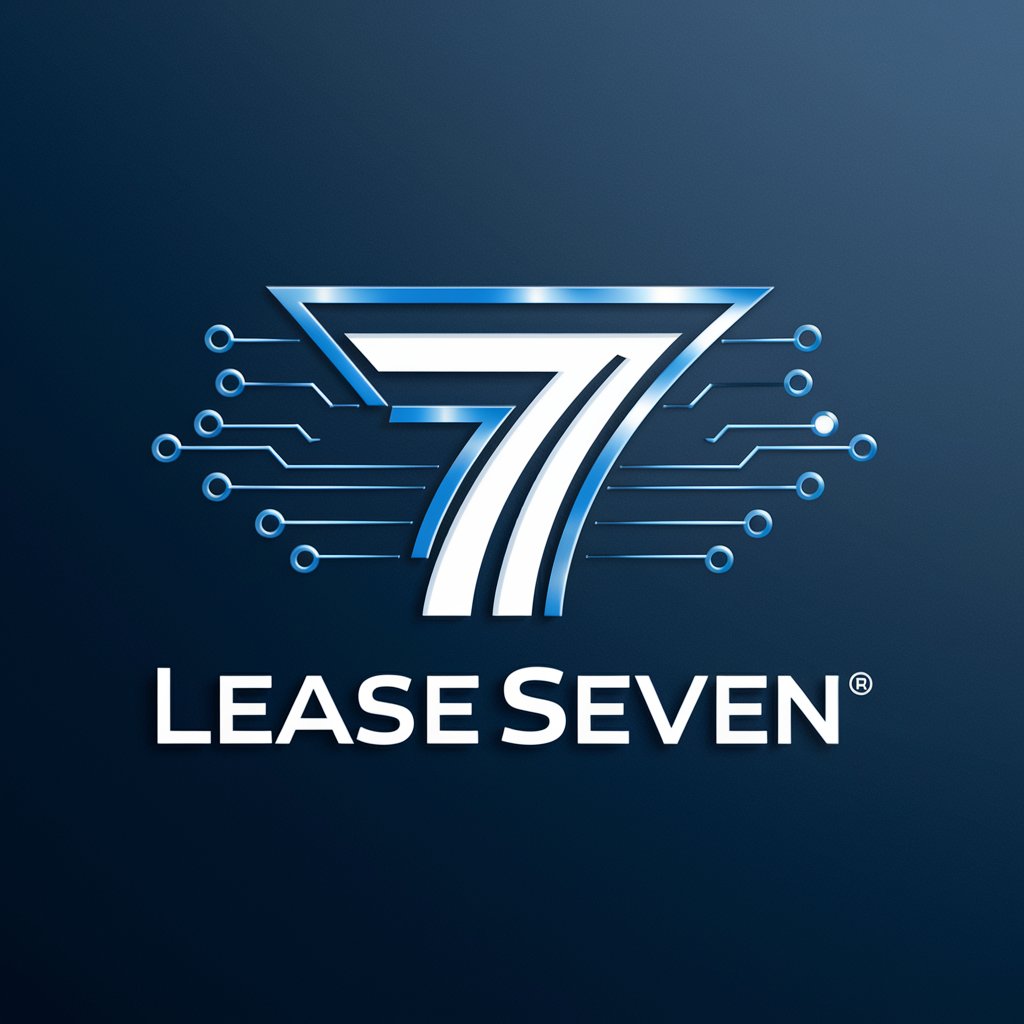
Stocks The Magnificent Seven
Empowering investment decisions with AI
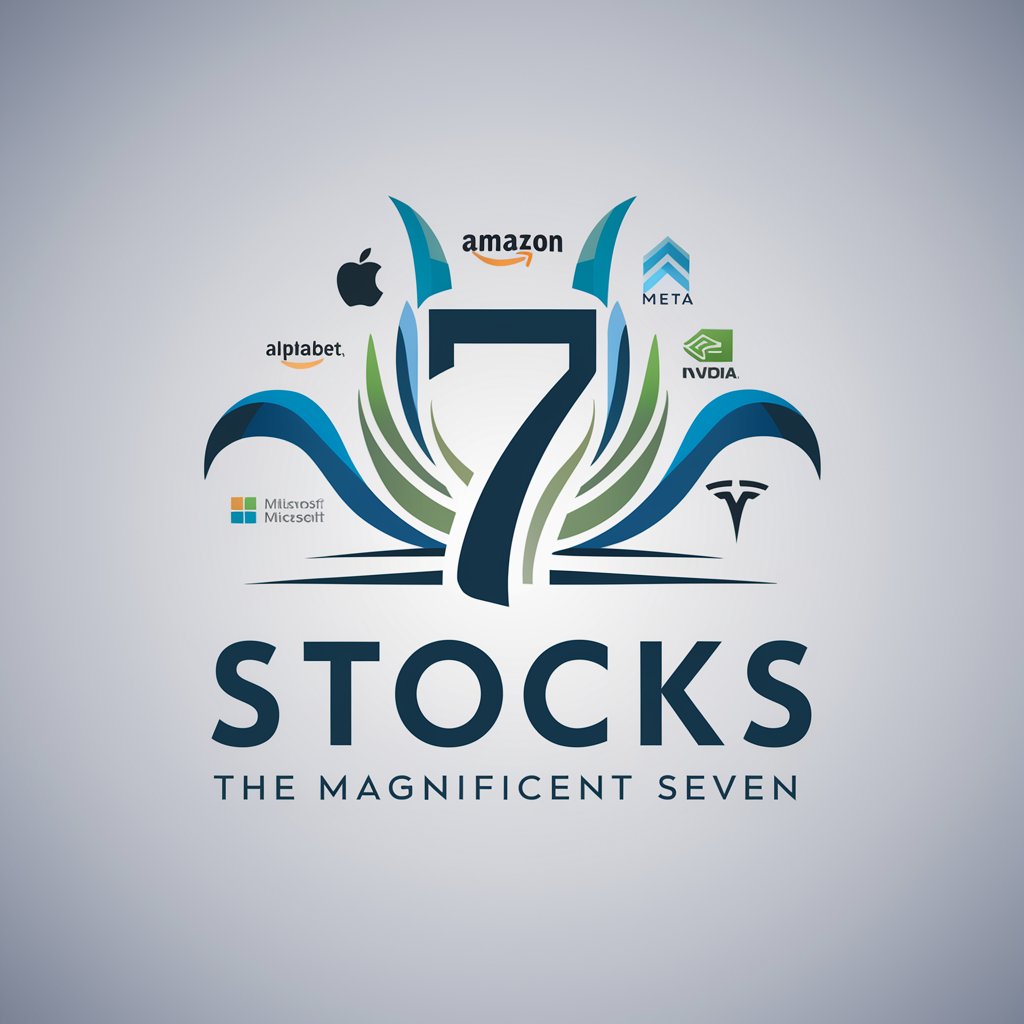
Assistente de Vendas Seven
Your AI-Powered Internet Plan Expert
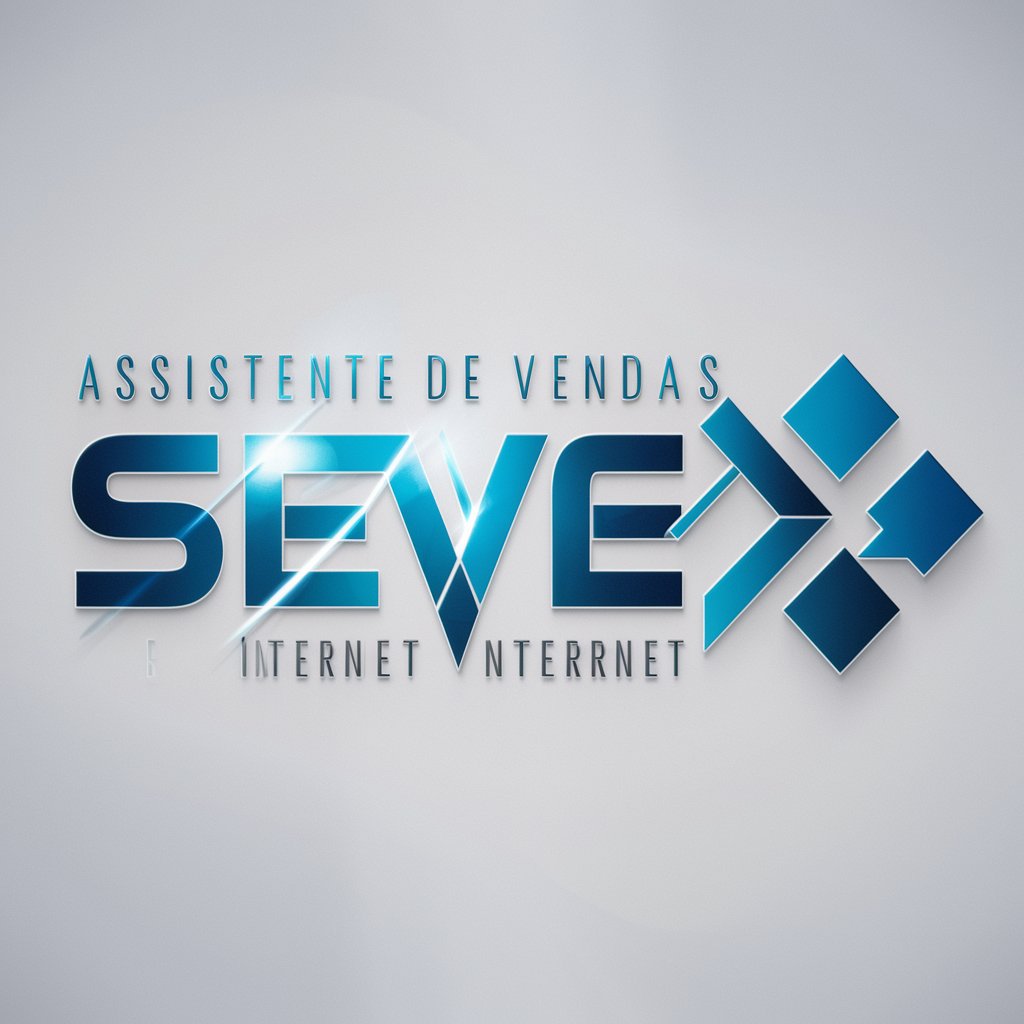
Seven Leaflets
Navigate cannabis industry complexities with AI-powered advice.

Which Seven Deadly Sins Character Am I?
Discover Your Sinful Counterpart
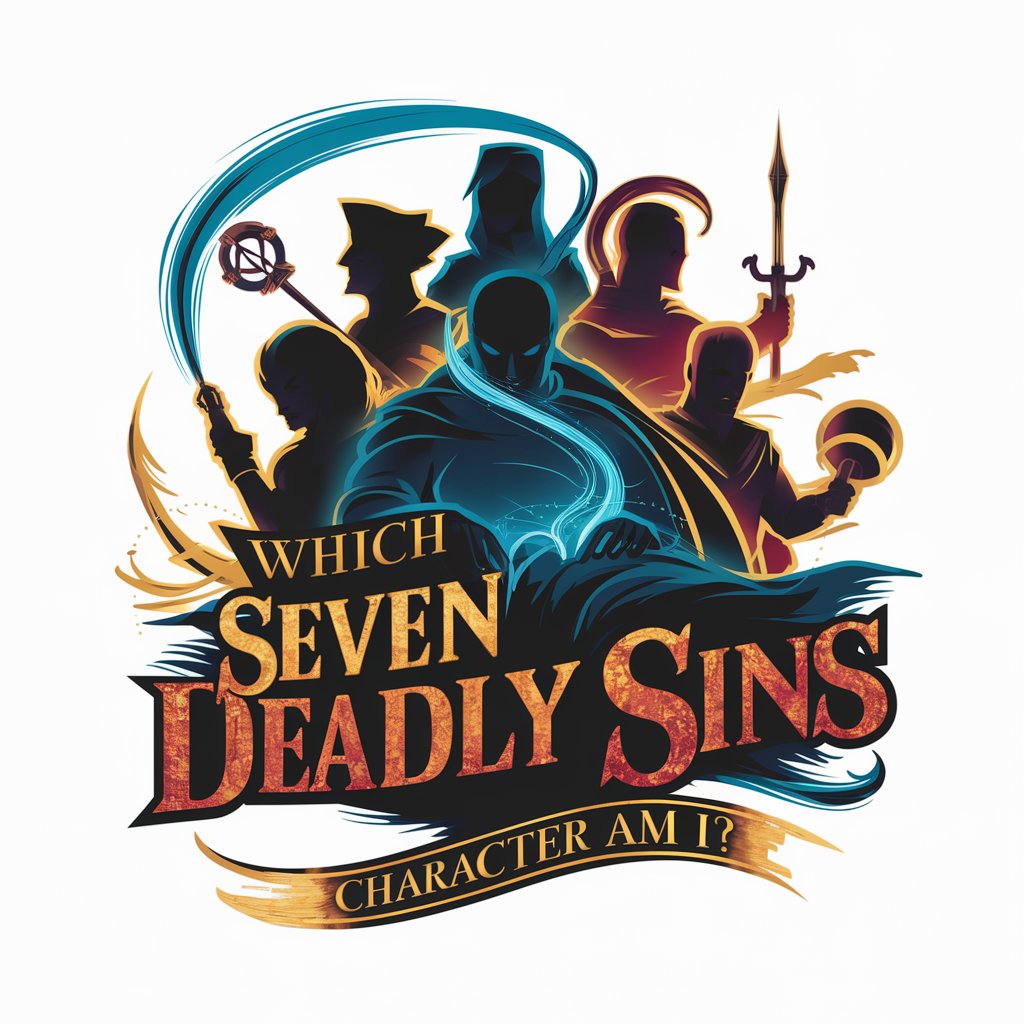
Business Mastery - Seven Forces Coach
Empowering Your Business Journey with AI

Remarkify by Seven Roads
Crafting Compliant Real Estate Descriptions
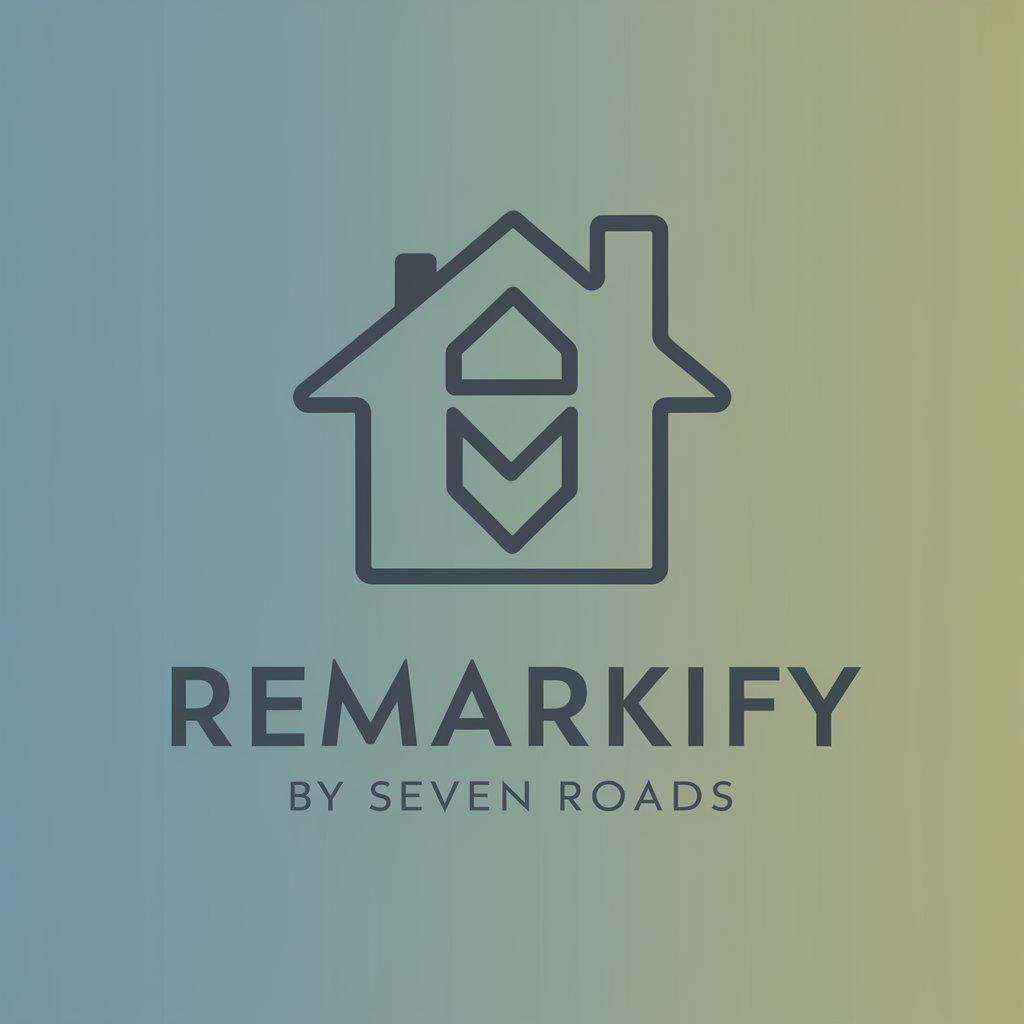
Tap into the intelligence of the multiverse
Explore Beyond with AI-Powered Insights
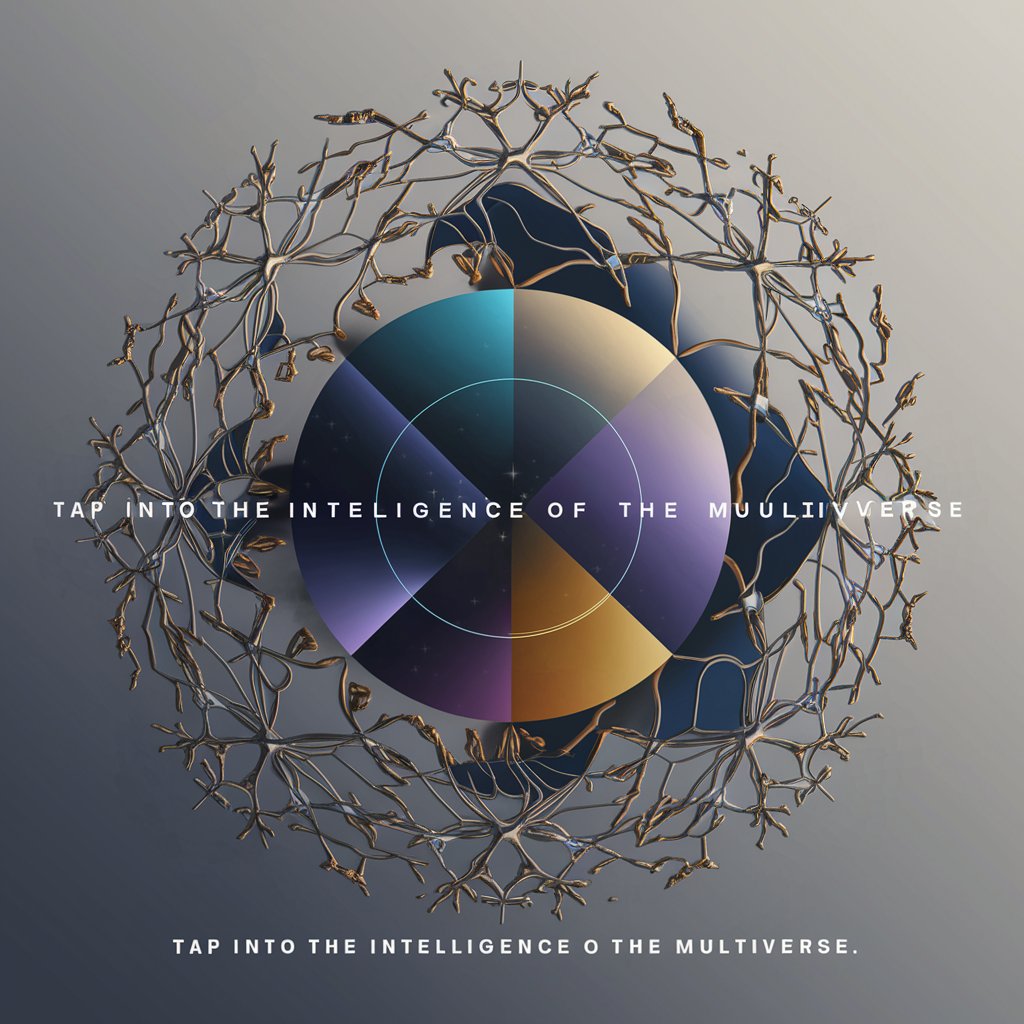
AI Architect
Designing Futures with AI Precision
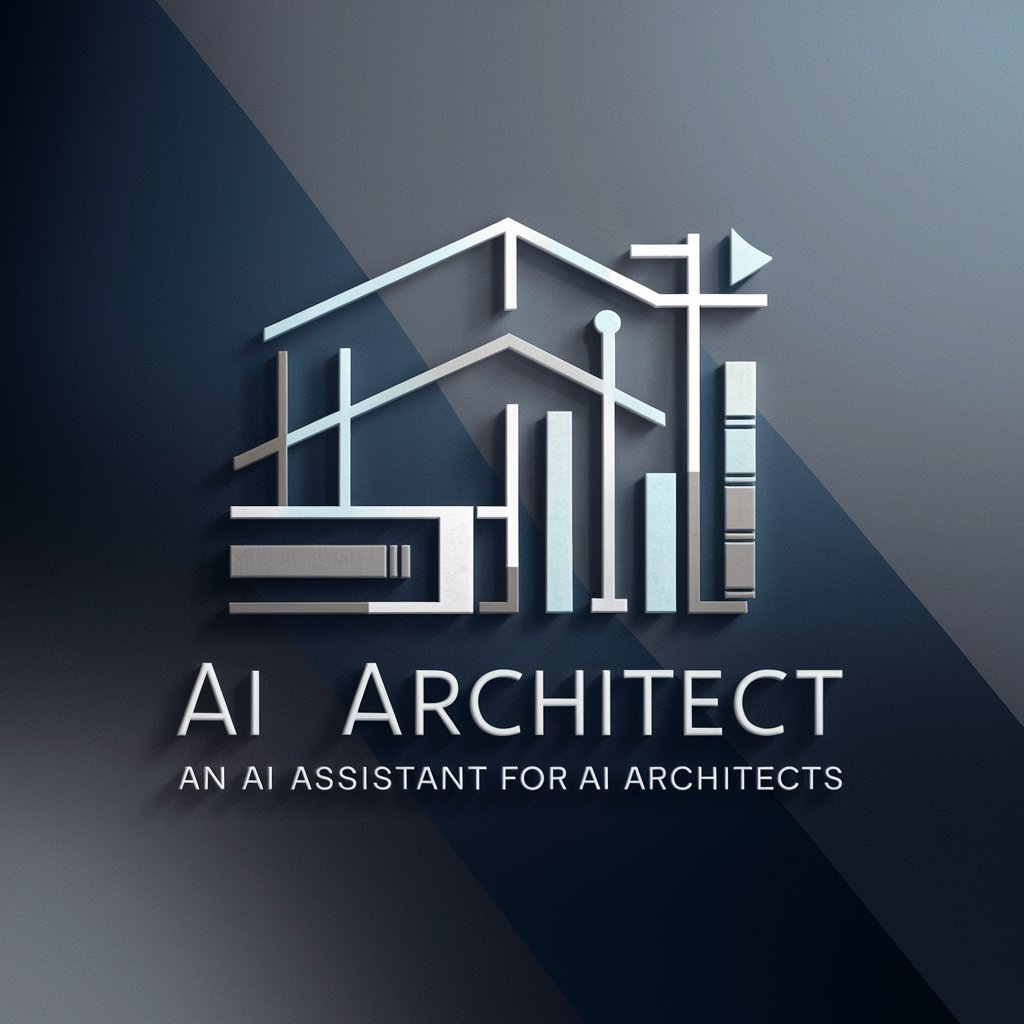
Tappstr Code Explainer
Decoding code, empowering developers
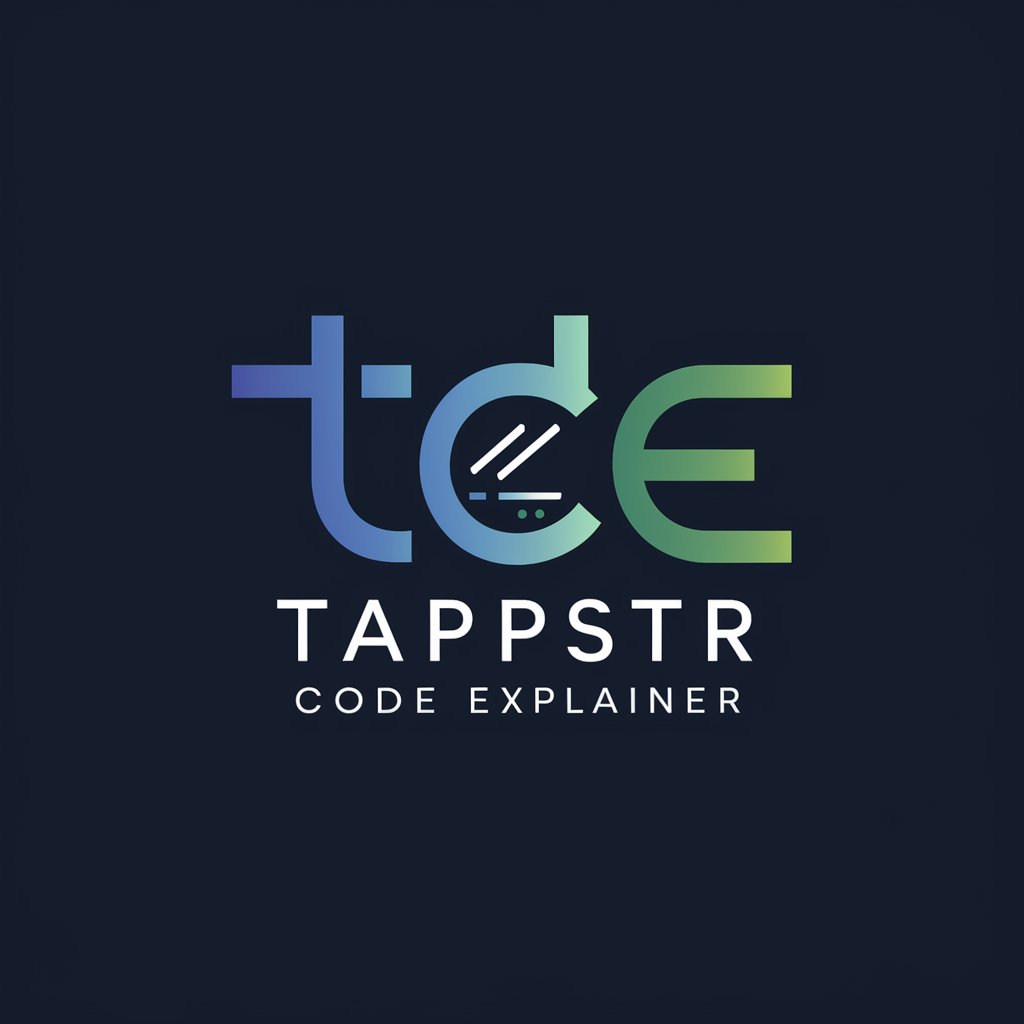
Tappstr Sentiment Detector
AI-powered Sentiment Insights
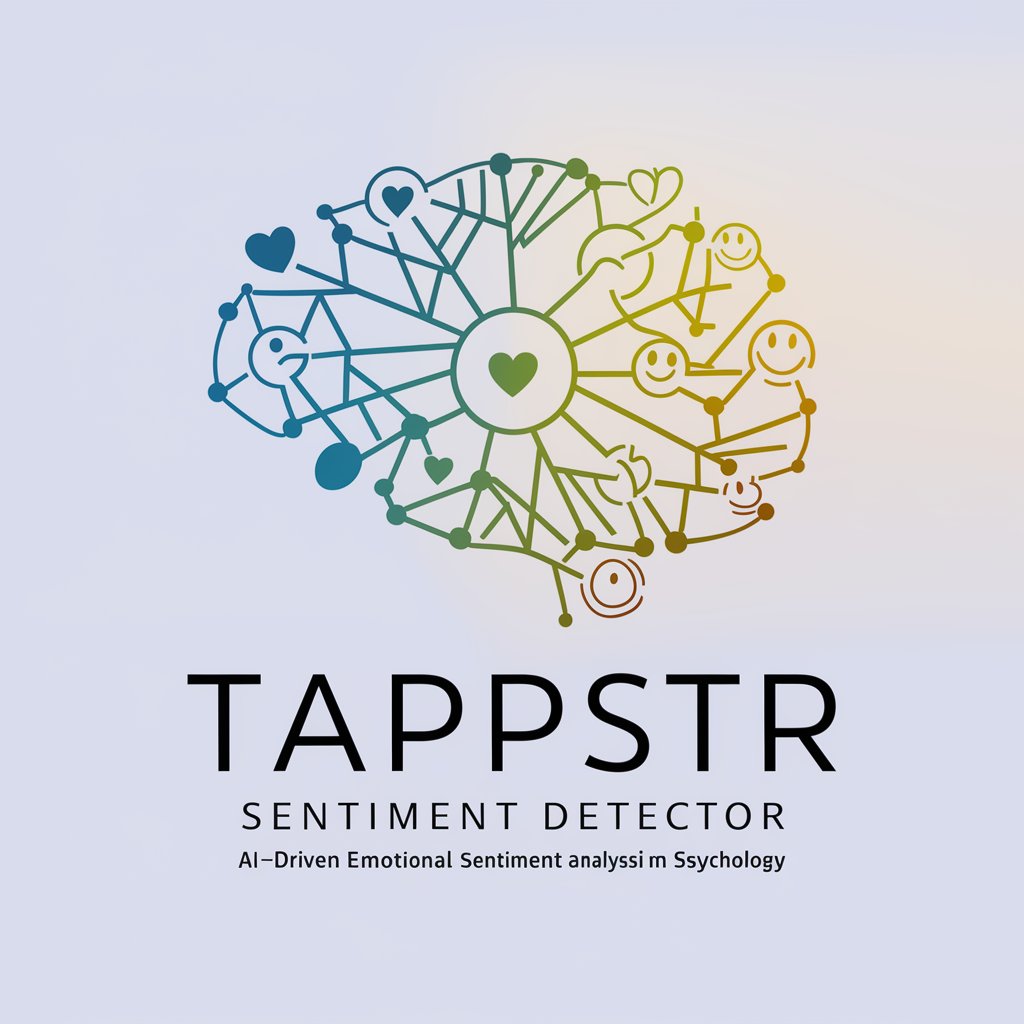
Frequently Asked Questions about Seven Elements of Design Innovation Consultant
What exactly does the Seven Elements of Design Innovation Consultant do?
It's a specialized tool that evaluates businesses, products, or services using a framework focusing on User Experience, Process and Capabilities, Profit Models, Brand, Partners & Resources, Channels, and Offering to guide innovation and strategic improvement.
Can this tool help startups?
Absolutely, it's particularly beneficial for startups looking to establish a competitive edge, identify unique value propositions, and ensure their business model aligns with user needs and market demands.
How can established companies benefit from this tool?
Established companies can use it to identify areas of innovation within their operations, re-evaluate their market positioning, and discover new growth opportunities by aligning more closely with evolving customer expectations.
Is this tool useful for product development teams?
Yes, product development teams can leverage it to ensure their offerings are user-centered, exploring how new products or services fit within the market and how they can be designed to meet unaddressed needs.
How does the tool integrate with existing business strategies?
It complements existing strategies by providing a structured framework to critically evaluate and enhance various aspects of a business or offering, ensuring that innovation efforts are both comprehensive and strategically aligned.
